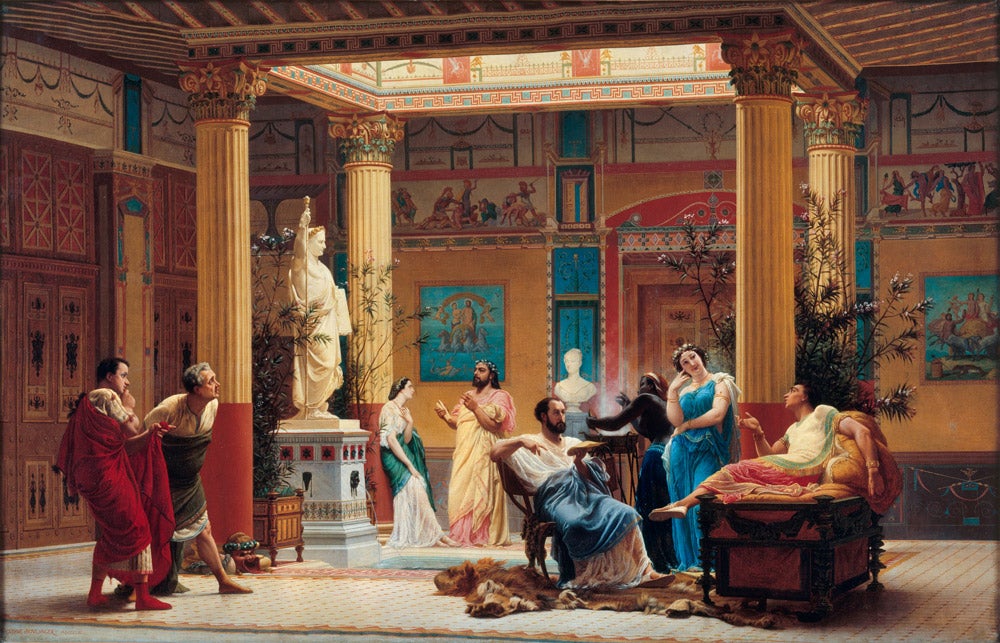By Caroline Roberts, Conservator
Two weeks ago, I had the opportunity to participate in the 10th International Roundtable on Ancient Polychromy, a biennial conference of art historians, archaeologists, and scientists who study color on ancient artifacts. This was my first time attending the conference, which this year took place via Zoom over a four-day period and across at least 10 different time zones (hats off to our colleagues in LA in particular, who were up at 5 a.m. for this meeting!). It was a virtual deep dive into ancient paint surfaces, with the focus this year on the interactions between polychrome sculpture and their architectural surrounds. There were lengthy debates about context, original appearance, and the use of difficult-to-ID organic pigments on artifacts, as well as quite a bit of excitement around the color purple. One paper identified at least six different pigment combinations used to create this elusive color, while another identified the rare and costly Tyrian purple on a wall painting. The paper I presented focused on color selection on the Kelsey Museum’s collection of painted limestone stelae from the necropolis at Terenouthis.
The roundtable revealed a lot of new and exciting information, which just goes to show how much work remains to be done on this topic. My hope is that ancient color research will continue its expansion into the provinces and other parts of the ancient world and to lesser-known collections. I especially enjoyed hearing papers about the research that is taking place in Jordan and Tunisia, for example. These have given me a lot to consider as we continue to look at ancient polychromy in the Kelsey’s collection.



